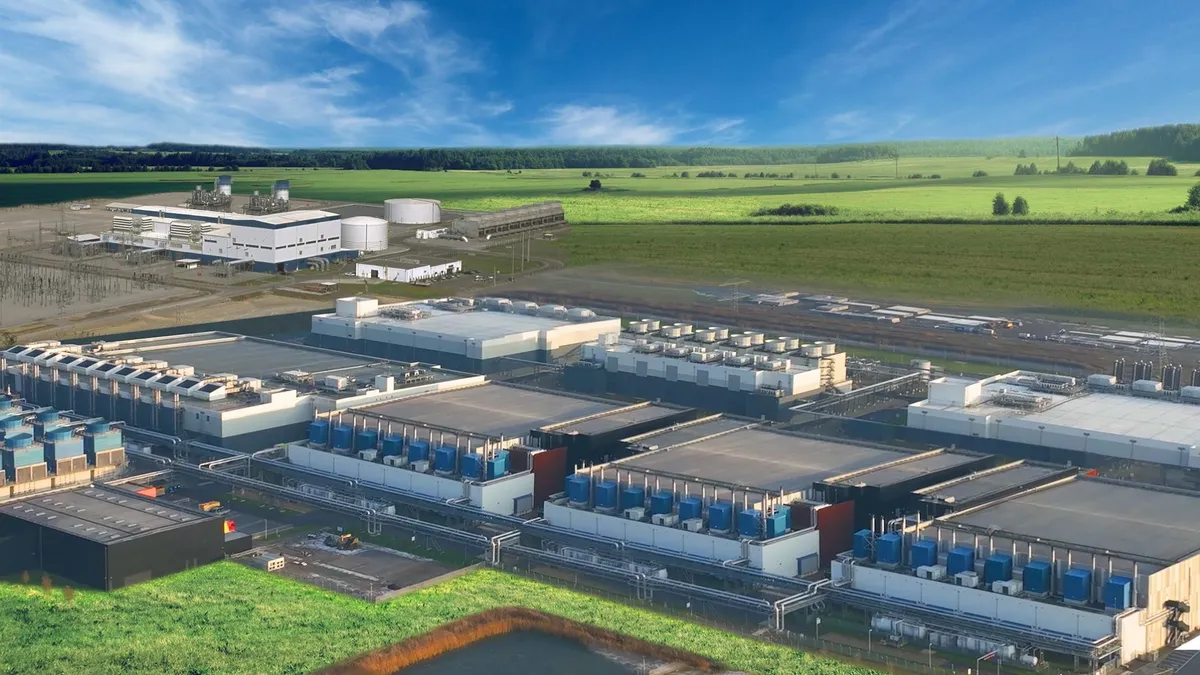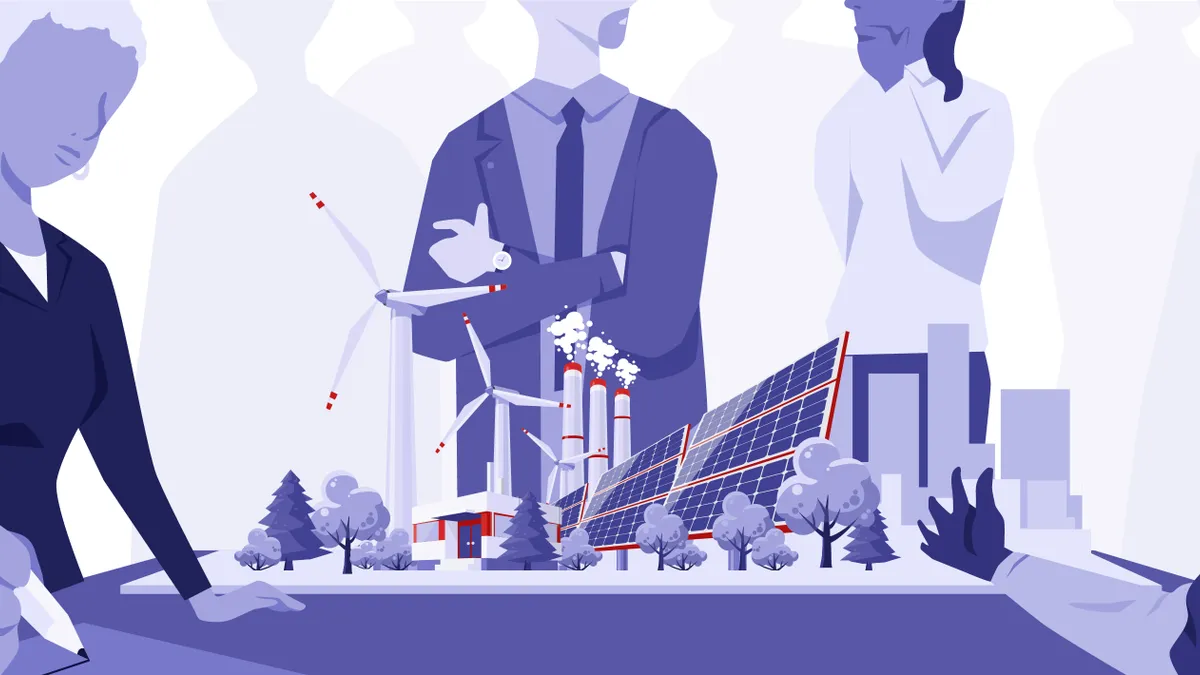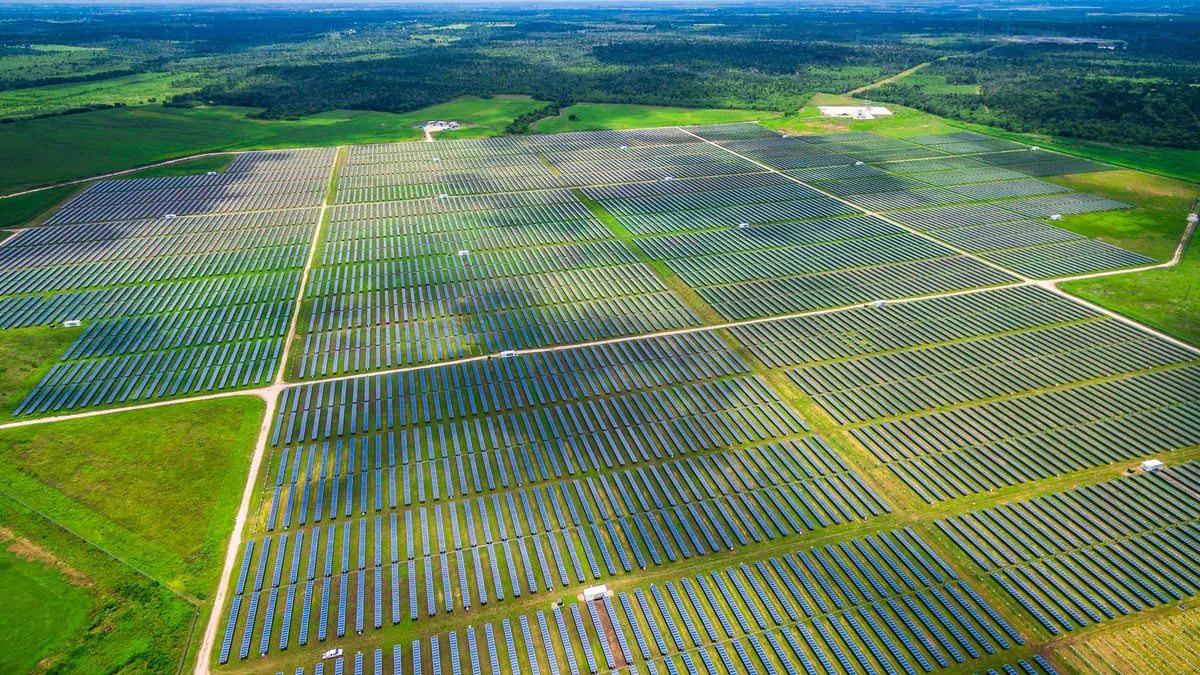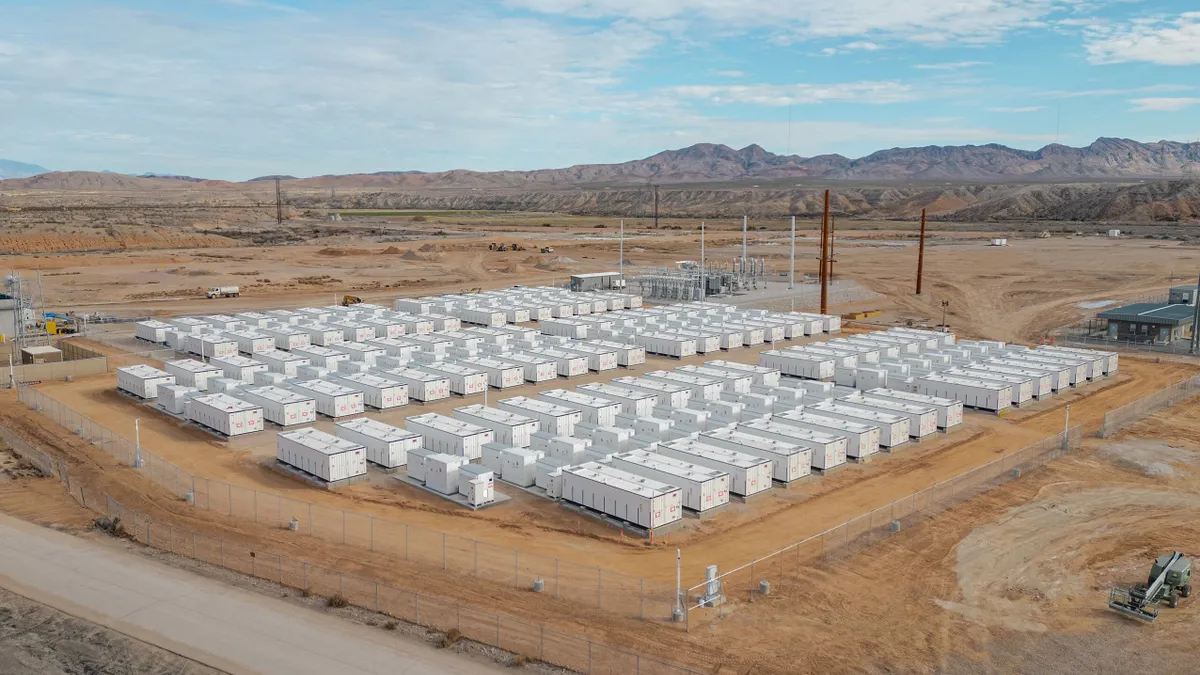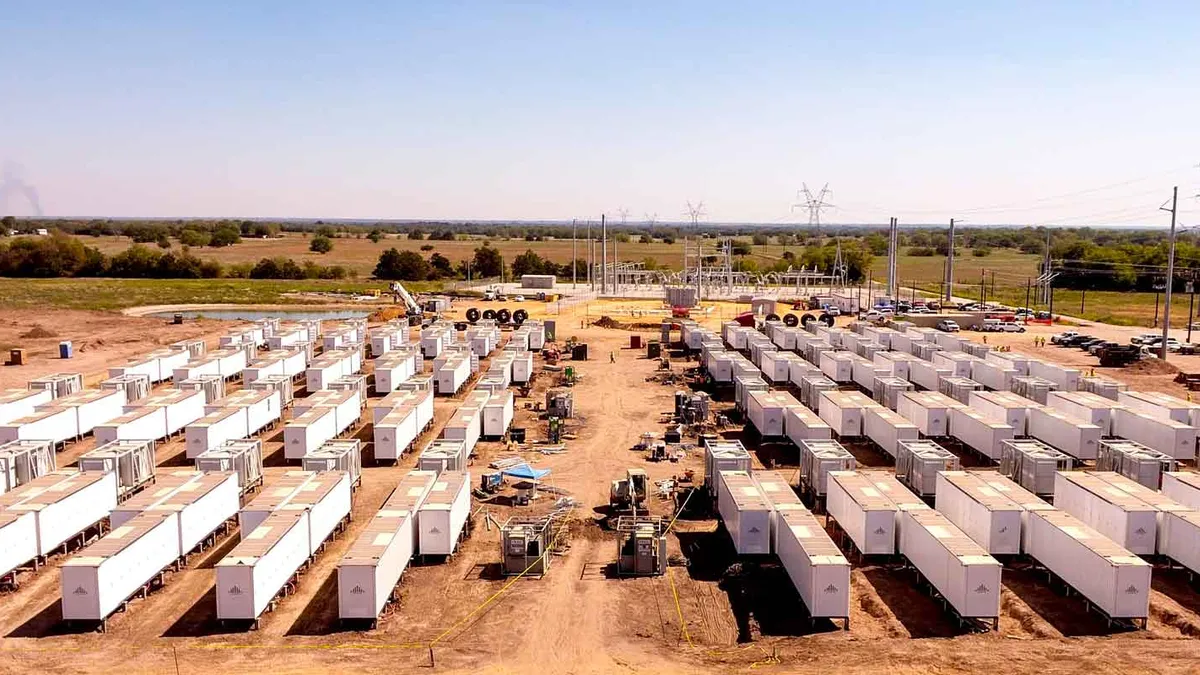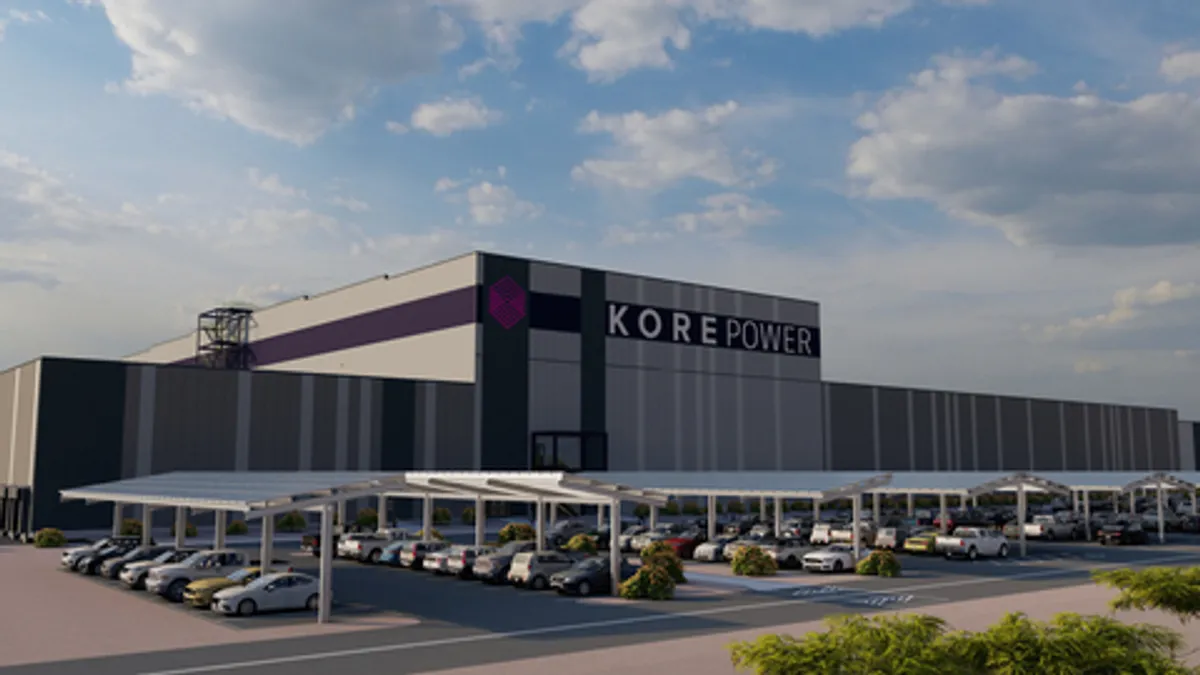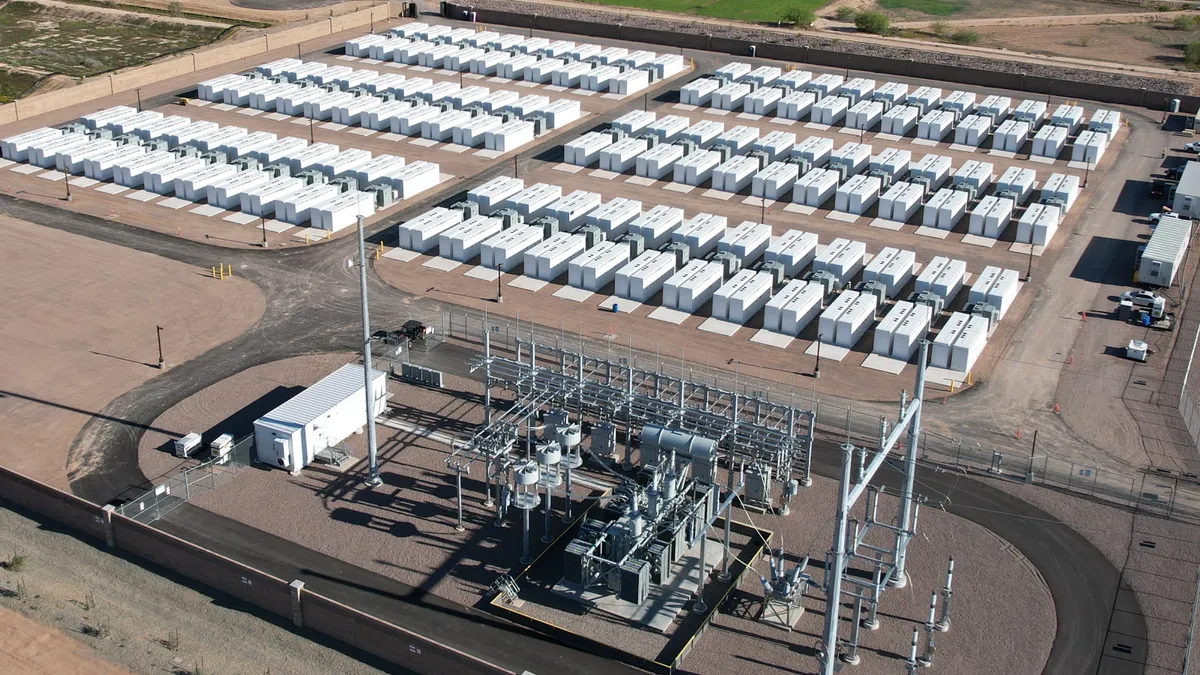A Canadian company is hoping to bridge the gap between the old economy and the new economy.
MGX Minerals of Vancouver, British Columbia, is raising capital to fund the development of its “PetroLithium” technology that it says can turn wastewater into a green energy source.
Specifically, the company is ramping up operations to extract lithium and other metals from the waste water produced by oil and gas drilling operations. The “irony” is that “lithium is the basis of the new economy,” says Jared Lazerson, president and CEO of MGX.
As the costs of lithium-ion batteries have dropped, the price of lithium, the main ingredient in those batteries has risen. Lithium spot market prices have roughly tripled over the last three years or so, hitting roughly $20,000/ton, said Alex Laugharne, principal consultant at CRU Group, a consultancy specializing on metals, mining and fertilizer industries.
The price rise is mostly driven by growing demand for electric vehicle batteries. But the higher cost is not usually passed directly on to consumers as manufacturers buy their supplies under long-term contracts that often price the metal at prices as much as half the of spot market prices. But spot prices have been high enough to spur production and attract new entrants.
Most raw lithium comes from South America, which accounts for about 60% of global supply, followed by Australia, which produces most of the rest.
In Australia, Tailson Lithium recently announced a $320 million expansion that will double its output of to 1.34 million tonnes of lithium concentrate by 2019.
MGX, meanwhile, hopes to begin ramping up production and recently acquired mineral rights in Utah’s Paradox Basin. Lazerson says the area has some of the richest in lithium brine deposits in North America, essentially the underground remains of ancient seas. He says MGX could also hit oil or gas when drilling for lithium, which would mitigate the risk of drilling a dry hole.
MGX’s core business, though, is handling waste water for oil and gas drilling operations. The water has to be separated from the hydrocarbons that are pumped from the Earth. The water is actually brine and contains minerals such as lithium and magnesium. Historically drilling companies injected the water back into the ground or held it in tanks, but both options are coming under increasing scrutiny and criticism.
“Water handling has become the bane of the existence for oil and gas companies,” said Lazerson. He says MGX has come up with a process for separating out the usable metals that leaves “near-potable” water and is faster and more efficient than the traditional evaporation process.
The company is exploring business models that will enable it to derive multiple revenue streams from its extraction process, including being paid to clean up the water, possibly recycling the water, and selling the lithium and other metals.
Lazerson is counting on a growing market for lithium as a key driver for MGX’s business. He says his production costs are already are in the “ballpark” with South American production and that with his other sources of revenues could make MGX competitive.
But MGX is not alone. Producers’ plans to ramp up lithium production could expand supply by as much as five times today market, said Laugharne. That new production could be absorbed by the new, large battery factories being built. Tesla just finished its “gigafactory” in Nevada, and Chinese manufacturers are planning four or five new factories. That could push the market into over supply as early as 2018, Laugharne said.
All that activity and competition should be good news for developers of stationary battery projects. But, in fact, the price of lithium constitutes only a small fraction of the overall cost of a battery storage system, said Ravi Manghani, director of energy storage, at GTM Research. Battery cell prices constitute only 3% to 5% of costs, and the battery itself comprises between 30% and 70% of overall costs, depending on the type of system, he says.
That’s not to say that more lithium production would not provide some eventual benefit, but the longer term trends is already downward, said Manghani. “We are pretty much in the middle of that cycle,” he says, predicting another two years of rapid cost declines in the battery market.



